Overview of training options, destinations and the most important selection criteria
How to choose your Yoga Teacher Training? (Nr. 62)
Would you like to take your first step towards a Yoga Teacher Training or deepen your own yoga practice with a training course lasting several weeks and are overwhelmed by the huge selection of courses offered worldwide? In this blog, I would like to help you choose the right training for you, as I have spent the last few years researching the subject and have been able to visit several schools.
In recent years, the number of Yoga Teacher Trainings around the world has skyrocketed and for many travelers it seems to have become something that can be included in a trip, part of the famous "bucket list". However, the step of deciding to take such a training should be well and thoroughly considered so that you don't start a yoga teacher training with false expectations and then perhaps be disappointed.
My path to the Yoga Teacher Training
Yoga has been part of my life for the past 16 years and it was clear long time before this cycling trip that I wanted to join a Yoga Teacher Training as soon as we reach India, as my passion for Yoga began in this country a long time ago. I spent a lot of time researching, attended many yoga classes and workshops, spoke to many yoga teachers and took a long time to decide on the right training for me at the time (and yes, there was also an Excel list or two involved in the process).
In April 2023, I completed my 200-Hour Hatha Yoga Teacher Training with Triguna in a quiet ashram outside the yoga capital Rishikesh in the north of India. It was a very intense time that gave me so much more than I ever thought and had a lasting positive impact on me. The training not only deepened my yoga practice, taught me a lot about anatomy, the correct alignment of the poses (asanas) and philsophy, but above all brought me closer to myself and made me a more balanced and relaxed person overall.
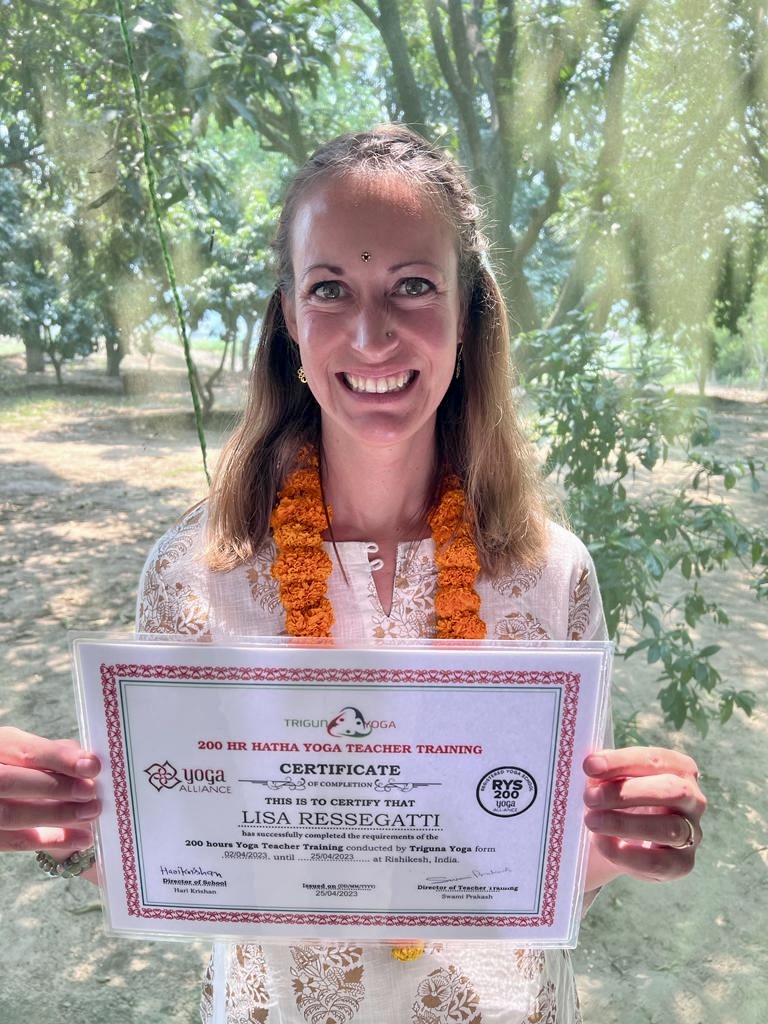
Shortly afterwards, it was clear that I wanted to continue and complete a 300-hour Yoga Teacher Training in the same year, this time on the beach in Goa. It was a multi-style training at Goa Yogashala with a focus on Hatha, Ashtanga, Vinyasa, Yin and Ayurveda. I learned a lot about teaching methodology and the atmosphere was very intimate as there were only four of us in our group. What I lacked in Rishikesh I got here - I now feel ready to start working as a Yoga Teacher.
The two experiences couldn’t have been more different. On the one hand, the simple and quiet Ashram life where you dedicate yourself completely to the yogic lifestyle by cleansing your body, eating meals in silence, emotional release; and on the other side the school in South Goa near the beach under palm trees and in the middle of a beach town with bars and alcohol everywhere. Both experiences were incredibly enriching and are just another piece of the puzzle in my journey.
Since no experience is comparable and there is such a huge range of training options, I would like to give you an overview in this blog of how to choose the right training location, what you should look out for and also briefly dispel some Yoga myths.
But to get started, who should join a Yoga Teacher Training?
Generally speaking, anyone who has been practicing Yoga for a long time or is interested in it. It's not a wellness vacation or a retreat, it's strenuous and intense and you should be physically and mentally well prepared before you embark on it. If you just want to "do" some Yoga aka the phsycial aspect of it and enjoy the surroundings, the beach etc. in between, you’re better of choosing a relaxed retreat and not a Teacher Training. You have to be ready and prepared for it. While Yoga classes in the west are mainly limited to the "asanas", i.e. stretching and the various postures, the YTT allows you to delve much deeper into holistic yoga, which originally served as a path to meditation.
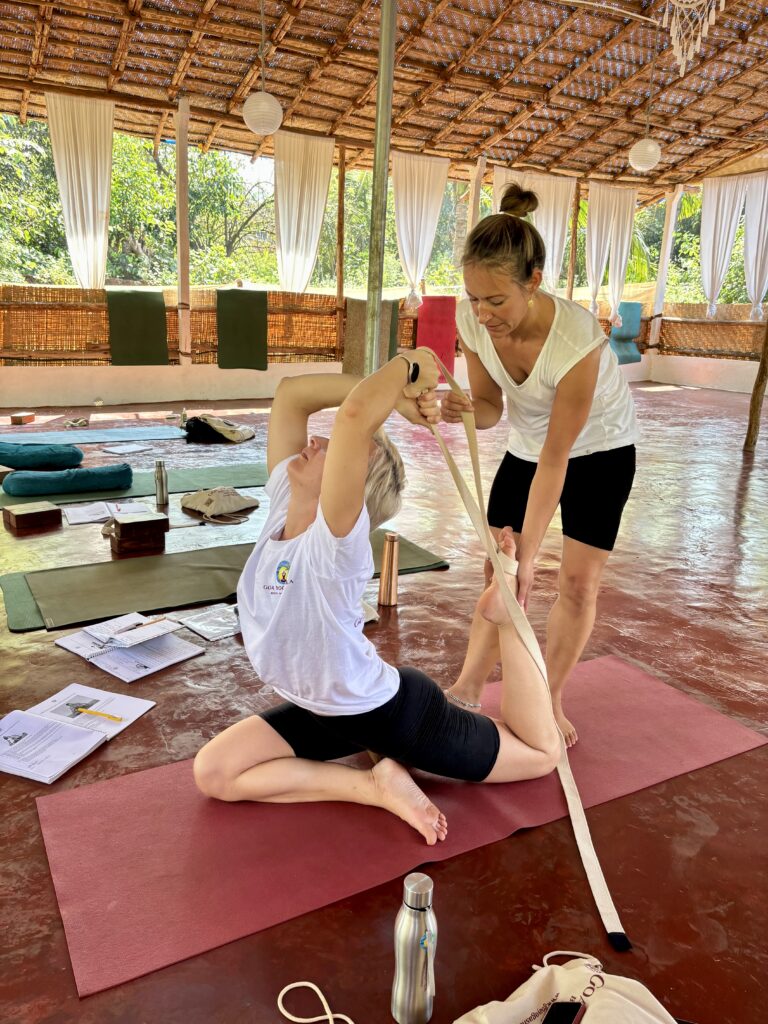
"Yoga is for everyone who is open to it"
And two more myths to start with: you don't have to be a super yogi, very flexible and advanced to join a training course! We had lots of students on the courses who had only started with Yoga recently and they still benefited a lot from the course. We always had very diverse groups with different ages and backgrounds, although the majority joining the courses are women. Don't let Instagram fool you into what Yoga should look like (it’s not limited to white, young, skinny women wearing matching Lululemon outfits). That's not what Yoga is about, but that would be a topic for a separate blog. Yoga is for everyone who is open to it.
Second myth: Not everyone who joins a Yoga Teacher Training plans on working as a teacher afterwards. Many complete the 200-hour basic training out of interest, because it fits in with their travel plans or to deepen their own yoga practice. The 300-hour training course is a different story, of course, as many are already working as teachers, have their own studio and therefore the participants are much more experienced and take the training more serious as well.
What requirements are necessary to register for a Yoga Teacher Training?
The following requirements are highly recommended before you apply for the course, even if the schools don't normally have any special requirements for the basic training.
- Physical health and resilience
- Being okay with leaving your comfort zone with complete strangers who then quickly become close friends.
- A consistent Yoga routine including breathing exercises and meditation over a longer period of time
- Solid English language skills for trainings abroad. Subjects such as anatomy and philosophy are taught in English, which is very specific terminology.
- An open attitude. The training will do something to you and potentially change you. The more open you are and the fewer expectations you have, the more you can benefit from it. It doesn't help to arrive from a hectic life situation and then start training straight away. Make sure you take some time to get used to your new surroundings and relax a little before the course starts.
Does all this suit you? Great, then let's take a look at the different training opportunities.
Overview of Yoga Teacher Training options
The first step: 200h, 300h or 500 hours?
The first step is always a 200-hour Yoga Teacher Training (around 21 – 28 days). With this certificate you can continue with a 300-hour Yoga Teacher Training (30 - 35 days on average) at the same or another school (there are a few exceptions where it has to be done at the same place) and then register with the American Yoga Alliance® as a 500-hour RYS and after 100 hours of teaching experience as a 500-hour RYT. These are internationally valid credentials that will help you in your job search, but registration with the Yoga Alliance is optional and there’s a debate whether it’s necessary and if Yoga can be standardized and put into a frame at all. Nevertheless, it's recommended to do the training at a school that is certified by the Yoga Alliance, as the organization clearly defines what belongs in the curriculum and what standards should apply (e.g. 75 hours of Asana practice, 30 hours of Anatomy classes).
A 500-hour YTT (almost 2 months) is very time-consuming and only very few people do it in one go. It is also advisable to leave some time between the 200h and 300h training to gain practical experience and decide which style of Yoga you’d like to focus on.
"The 200-hour training is just the beginning of an exciting journey into the world of Yoga"
A little spoiler up front - the whole Yoga world is like an endless tunnel and one thing often leads to another and you don't have to know right from the start what you would like to teach or whether you want to teach at all. It will all happen naturally and there is a chance that you will want to continue right after the training with perhaps shorter trainings and in-depth courses (i.e. Yin Yoga, Sound-Healing, Breathwork Courses, etc.). The basic training is just the first small piece of the colorful mosaic on your path.
Destination: Should you do a Yoga Teacher Training at home or abroad?
The number of Yoga Teacher Trainings on offer has exploded in recent years and the wellness market is growing from year to year, with no end in sight. It’s possible to do your Yoga Teacher Training at home or in the nearest larger city. The courses are then usually divided into attendance days and online studies and are spread over several months or a full year, while you can pursue your job/studies in between. This has the great advantage that you often already know the yoga studio and the teachers who will be leading the training.
The second advantage is that by dividing the training into different modules over a longer period of time, there is more room to let the new knowledge settle and integrate before the next class. This is often neglected in the short trainings abroad, as those courses stretched over 3 or 4 weeks can be a mental overload. The big disadvantage of residential training is the often high price (e.g. 200-hour training at Airyoga in Zurich from October - May 2024/2025 costs USD 4750.- for the course, excluding accommodation/meals).
The training abroad requires a time-out of at least 4 weeks. The course itself lasts between 3-4 weeks, depending on the institution. I would definitely recommend arriving a few days in advance to get used to the new climate, jet-lag hangover and to get to know the place a little before starting the course. It’s also advisable to stay at least a couple of days after your graduation ceremony to integrate and to spend some time with your news friends without a strict timetable. During the course, you don't have much time for yourself, to study what you have learned or to explore the surrounding area.
The big advantage is that you can immerse yourself intensively thanks to the strict timetable. You are practicing and learning from morning to evening and will notice a lot of positive changes, become more calm and balanced and learn a lot of new things that you didn't even know you were interested in before. It’s also a wonderful opportunity to get to know a place and a culture better and you will very quickly develop a strong bond with your classmates and deep friendships can develop from this.
There are possibilities of completing your entire Yoga Teacher Training online, but I’ve got no experience with this and don’t know anybody who started this way. I can hardly imagine that it makes sense to complete the 200-hour foundational Yoga Teacher Training online. However, I can imagine that online sessions would work well for additional shorter courses after completing your training and also courses about philosophy and meditation could work well online.
Choosing the right destination
Yoga Teacher Training courses are offered all over the world. In Europe, there are great training opportunities in German-speaking countries, Portugal, the Canary Islands, mainland Spain and the Netherlands, to name just a few examples. If you want to go further afield, Asia is probably the most popular destination with many training opportunities in India (Rishikesh, Mysore, Goa), Nepal (Kathmandu, Pokhara), Thailand (Koh Phangan, Chiang Mai) and Indonesia (Bali). And on the American continent in the USA, Canada, Mexico, Costa Rica and Colombia. As you can see, you are spoiled for choice.
The most affordable training is offered in India and I can personally highly recommend learning Yoga from the source and getting a good foundation in traditional Hatha Yoga here before perhaps continuing your training elsewhere with international teachers in Yoga styles that seem to be more popular in western countries if that’s what you’re after.
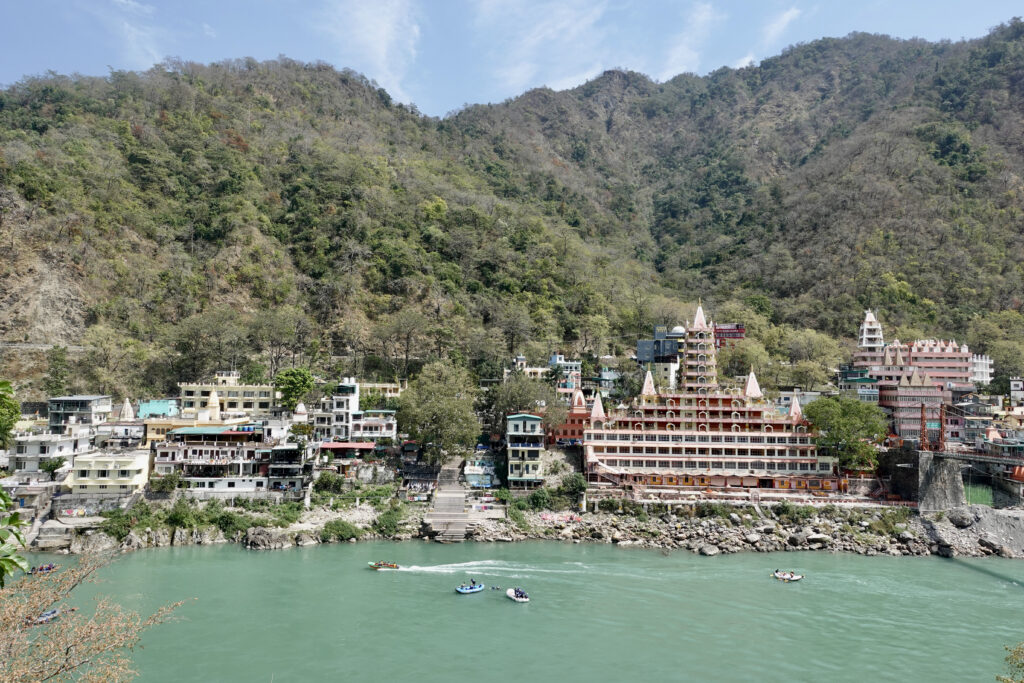
Overview of the pros and cons of training at home and abroad:
Pros of training at home:
- Longer duration of training and more time to process what you have learned
- Studio and instructors are already known
- The training can be easily integrated into normal everyday life
Cons of training at home:
- Higher costs
- Everyday life continues, you are not completely immersed
Pros of training abroad:
- Complete immersion in the yogic lifestyle from morning to night
- Strong connection with the group
- Very attractive price (can of course vary greatly depending on accommodation etc., but generally around USD 1000.- to USD 3500.- is the norm)
Cons of training abroad:
- Time-consuming, at least 5 weeks of vacation are ideal
- Very compact, can be overwhelming
- Physical and mental challenge
- You never really know what you are getting into, what the group will be like, how you will like the place etc. (but that’s the beauty of life as well)
Extra tip: Why not attend a Yoga Teacher Training at home and then do another course later abroad?
Now that the choice of training location and destination has been clarified, let's move on to the most important selection criteria for choosing your Yoga Teacher Training, which will of course look different for each one of us.
Look for this 6 important criteria when choosing your Yoga Teacher Training:
1.) Yoga style and curriculum: One of the most important points of all is the teaching content of the school, the timetable and the style of Yoga that is taught. If you want to teach Yin Yoga or Restorative Yoga, maybe an Ashtanga Vinyasa course isn’t the ideal choice for you. It might sound surprising, but many people embark on the Yoga teaching journey without knowing which style of Yoga they’d like to dive into.
Take your time to check the website of the school thoroughly and find out as many details as possible. Does it resonate with you, is it what you really want? How much free time do you have, when is your day off? Read as much as you can about the school or request more detailed information by email before making your final decision for a school.
2.) Teachers: The teachers are the biggest asset of any Yoga Teacher Trainings. Are there any yoga teachers who inspire you, that you know from workshops or who have been highly recommended to you and now offer a Teacher Training? If the answer is yes, then that’s an amazing reason to choose a school. Is there information on the website about the teacher’s background, their biographies and how much experience they have? There are schools that offer graduates who’ve just completed their 200-hour training the possibility to work as teachers for the next course, which is not a generally bad thing, but you’ll benefit more from experienced teachers.
I always find it a bit strange when all the teachers in a Teacher Training in India are from Europe and the US and there’s no local teacher there for the students. A good mix of nationalities and a balanced ratio of male and female teachers would be ideal (and is unfortunately very rare to find).
3.) Reasonable class size: There are schools where 85 students start the training on the same day. Those schools almost seem like factories with huge buffet-style meals, a gym and a spa. It’s either your cup of tea or not. Personally, I found the size of the class decisive and was only looking for schools with small classes (less than 10 people) to get as much personal attention and possibility to ask questions as possible. You can often find information about this on the website of the schools, but before you book a course, make sure to contact the school as well about the size of the upcoming batch and also about the nationality mix (as you don’t want to end up at a school where everyone else but you speaks Japanese and yes, this school exists).
4.) Destination and location of the school: You’ll often first decide on the destination and then for the school, at least that was the case for me. I wanted to do the training in Rishikesh in a traditional ashram. In addition to the destination, the location of the school is also crucial for your experience. Is the school located outside in the countryside and do you need transportation every time you need to go to the pharmacy, a store etc. or are cafés and supermarkets located within walking distance? Both options have their pros and cons. The more remote, the more immersed you are, but sometimes there is a lack of variety and opportunities for interaction.
I personally found it important to have a large outdoor area at the school, a garden for relaxation and open yoga shalas. I didn't want to spend the whole month in one building and only move between room and classroom without being in nature. Perhaps this is also an additional selection criteria to consider when making your choice.
5.) Duration of the training: The longer the training lasts the better. Of course, it’s not possible to learn everything about Yoga in a month or even in a year, it’s lifelong learning. Fitting 200 hours in just three weeks is very ambitious and it can feel very compact and leave very little free time. If you find a school where the course lasts 28 to 35 days, I would definitely recommend this over a course that advertises 21 days. In general, the training courses are far too short anyway and it would make much more sense to extend them, but less profitable for the schools.
6.) Price: The price is of course decisive, but should not be your main criterion. The curriculum, the teachers, class sizes and the location of the school should be more important when choosing a training. The more affordable trainings can be great and it doesn’t mean by paying more that you’ll get a better experience. Often you’ll pay the higher price for a nicer accommodation (AC, private balcony), fancy outdoor facilities and often you’ll also pay a higher price for very popular schools that are hyped on social media.
The schools that invest the most money in marketing/SEO and appear daily on Instagram simply have the budget, but that doesn't mean they are the better schools. The price of a yoga teacher training course varies greatly and starts at around USD 1000.- for the 200-Hour YTT.
The course price usually includes:
- Accommodation in a room with bathroom for single use
- All lessions and workshops
- 3x vegetarian meals daily, water, tea (rarely coffee)
- 1x weekly excursion on the day off
- All teaching materials
You can save money by sharing the room with someone else during the training, but I wouldn't necessarily recommend this, as the training is very intense and you’ll need your privacy. The earlier you decide for a Yoga Teacher Training, the more you can save as many schools offer very attractive early-bird discounts if you book a couple of months in advance and sometimes schools even give you the change to volunteer (Karma Yoga) and you’ll benefit from a reduced price.
Other important criteria when choosing a school:
- The reviews: Read through these as much as possible before making your decision.
- The best recommendation is always a personal recommendation from friends. Facebook groups such as "Yoga Sequencing & Tips" are also helpful for specific questions.
- Information on the website: Can you find a detailed schedule and class description online or just a general overview what to expect during the course? Is there any information about the class sizes and what social events are included? If there are any questions left, contact the school directly and ask everything that's important for your decision-making.
- How many hours are spent on learning about Teaching Methodology? Unfortunately, there are some schools where this important topic is only touched on in passing and the students don't feel ready to teach afterwards.
- Registration of the school with the Yoga Alliance
- Personal tip: Is the food mentioned several times in the reviews? A point that shouldn’t be underestimated as your body needs to be nourished well for an intense training and you’ll generally eat all your meals at the school, so they better be healthy, varied and most of all absolutely delicious. I still miss the Masala Chai from Rishikesh and the Green Chutney from the school in Goa.
Red flags when choosing a school:
- Lots of advertising on all channels, aggressive advertising for early bird discounts, very short courses (just under 3 weeks)
- Huge classes
- Training courses with only one teacher. You benefit much more from a diverse team of teachers.
- Schools with a certain ideology behind them, which may not be obvious at first glance (always read the small print)
- Very expensive, seemingly elitist training courses where you can only do further courses if you have already completed the basic training there. This is not inclusive and doesn’t strike me as very Yogic.
To sum up: The perfect Yoga Teacher Training doesn’t exist!
Of course, there are some schools that I can recommend and some that I would advise against, but I prefer to do this in a private message. After all, everyone has to find the right training for themselves, because there is no such thing as the ideal Yoga Teacher Training and it will only be the first small step on this wonderful path and one thing will lead to another and that’s a promise.
I can highly recommend that you first get to know many different Yoga styles and teaching methods before you decide on a training and thus realize what you’re passionate about, what resonates with you and what doesn’t. I hope thanks to this blog you are now ready for the next step and know what to look out for when choosing your training. If you have any detailed questions about Yoga, please feel free to contact me. I will be delighted if you decide to take this path and I can promise you that you will never regret it.
“Becoming a Yoga Teacher is much more than a certificate, it’s a way of living that requires a lot of focus, dedication, self-discipline and continuous learning and above all a passion to pass on the knowledge and support others on their path.”
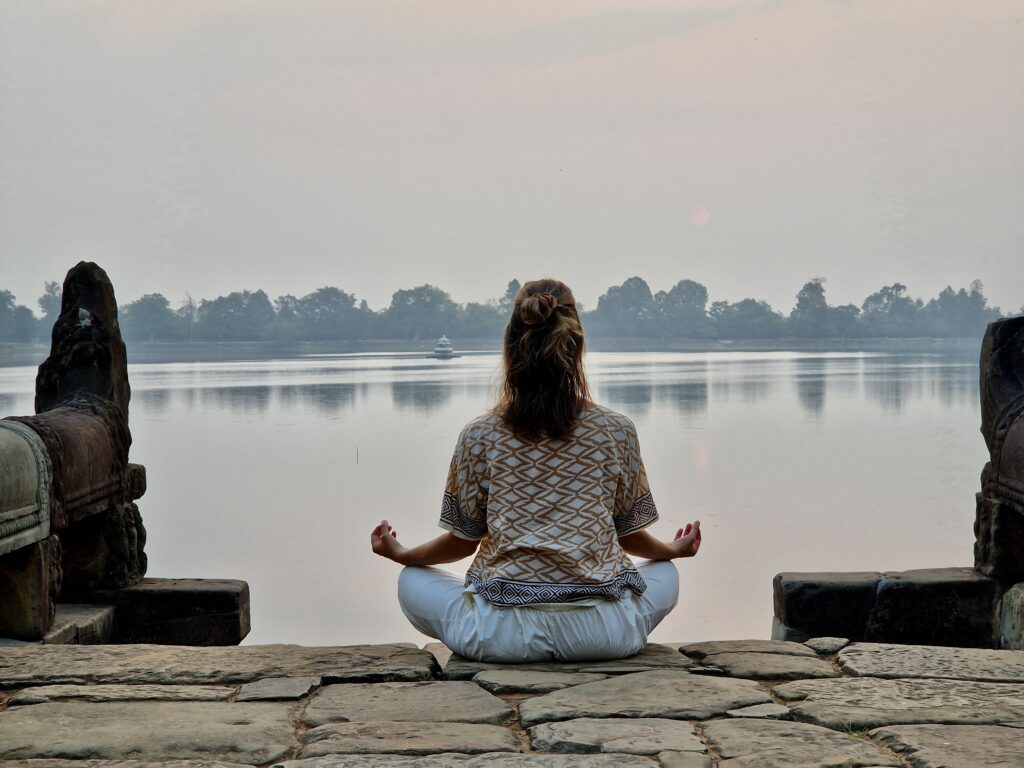

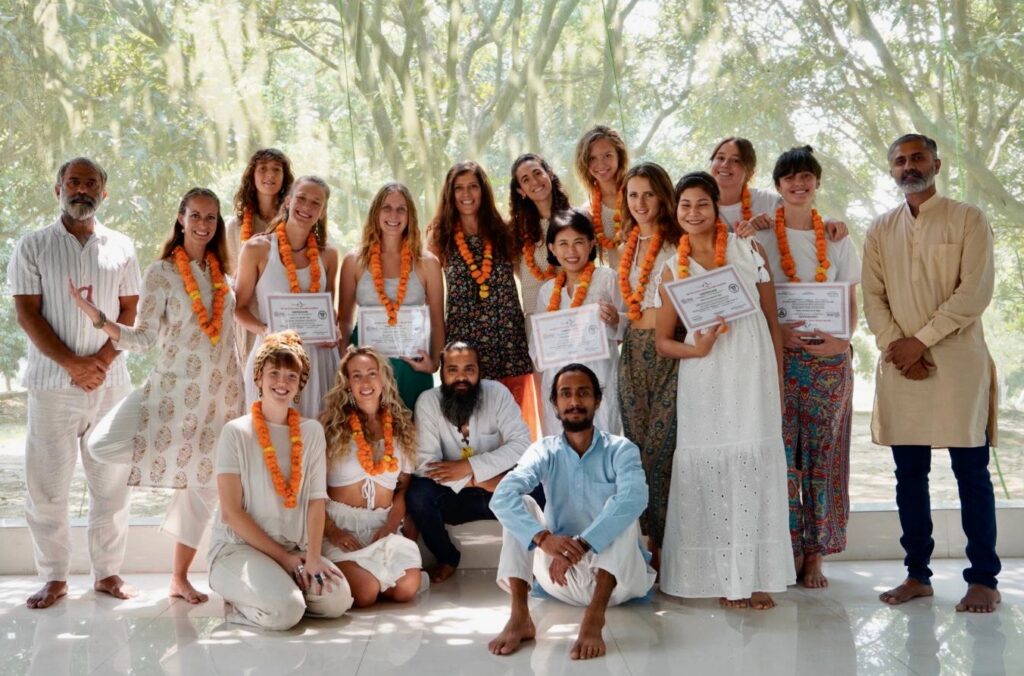
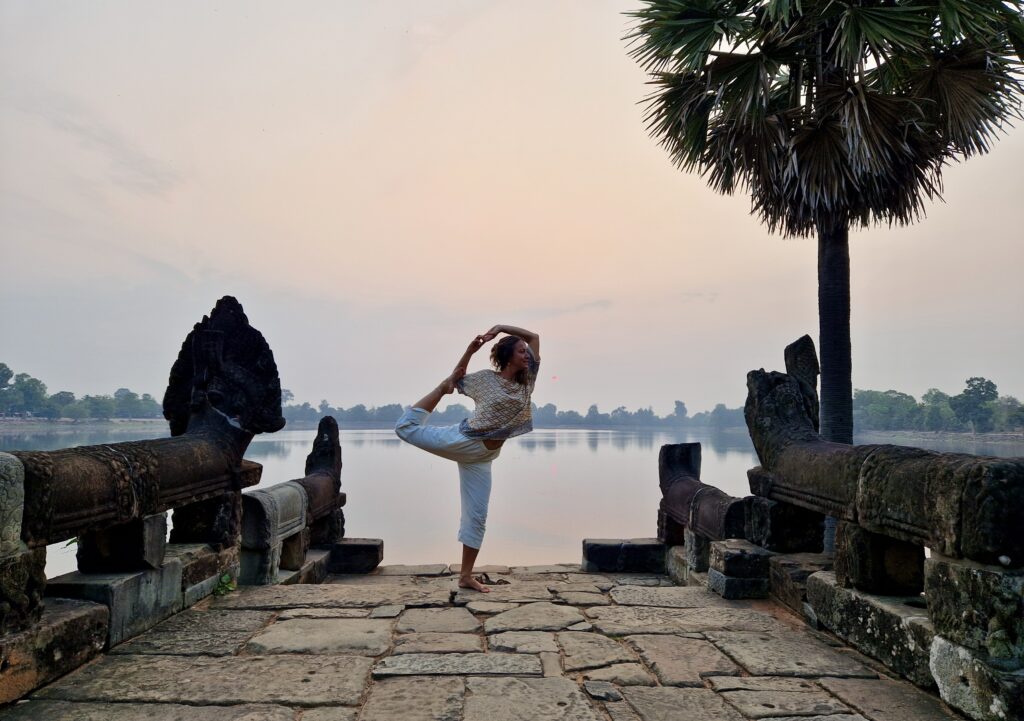
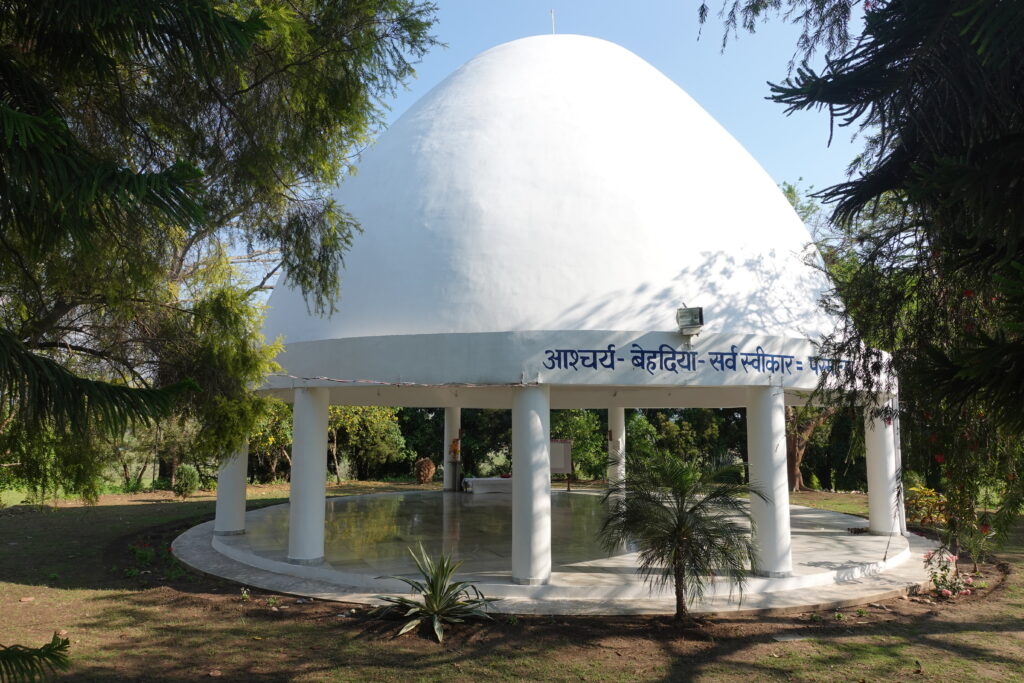
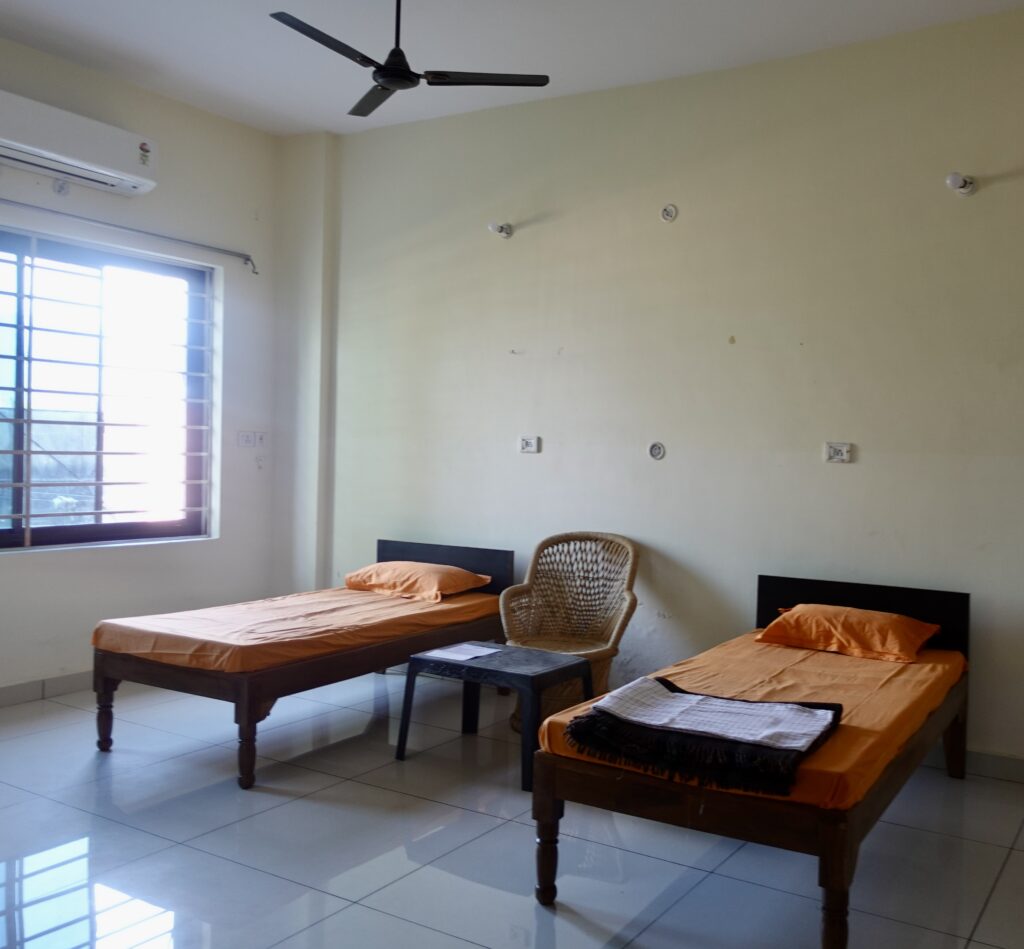
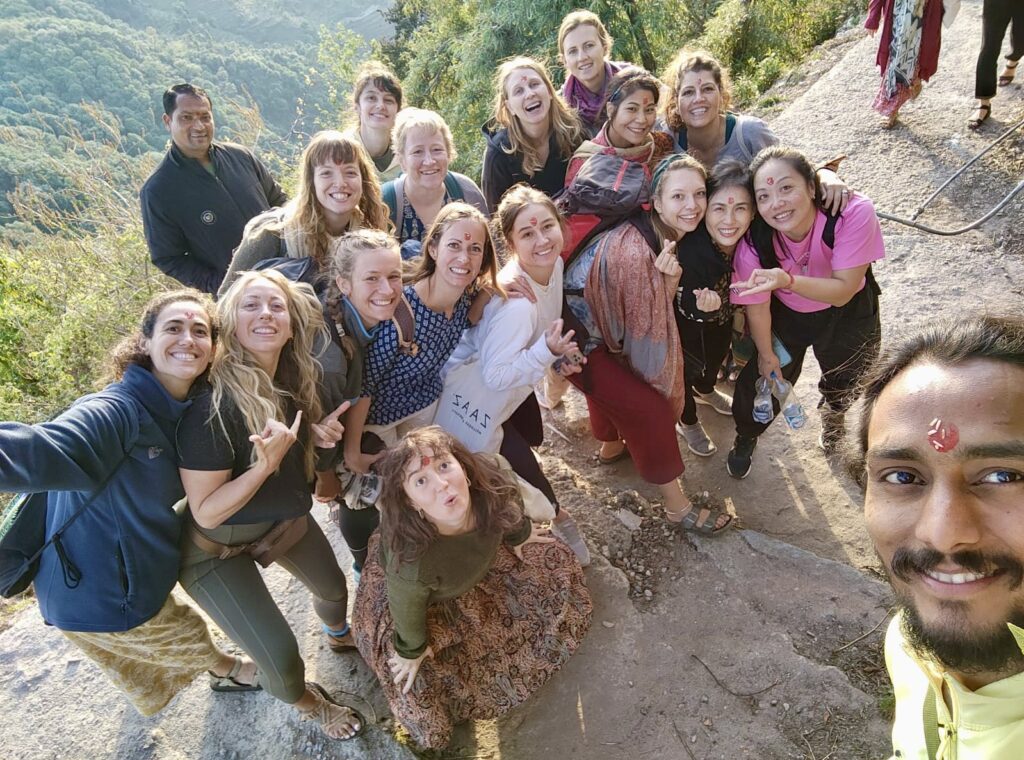
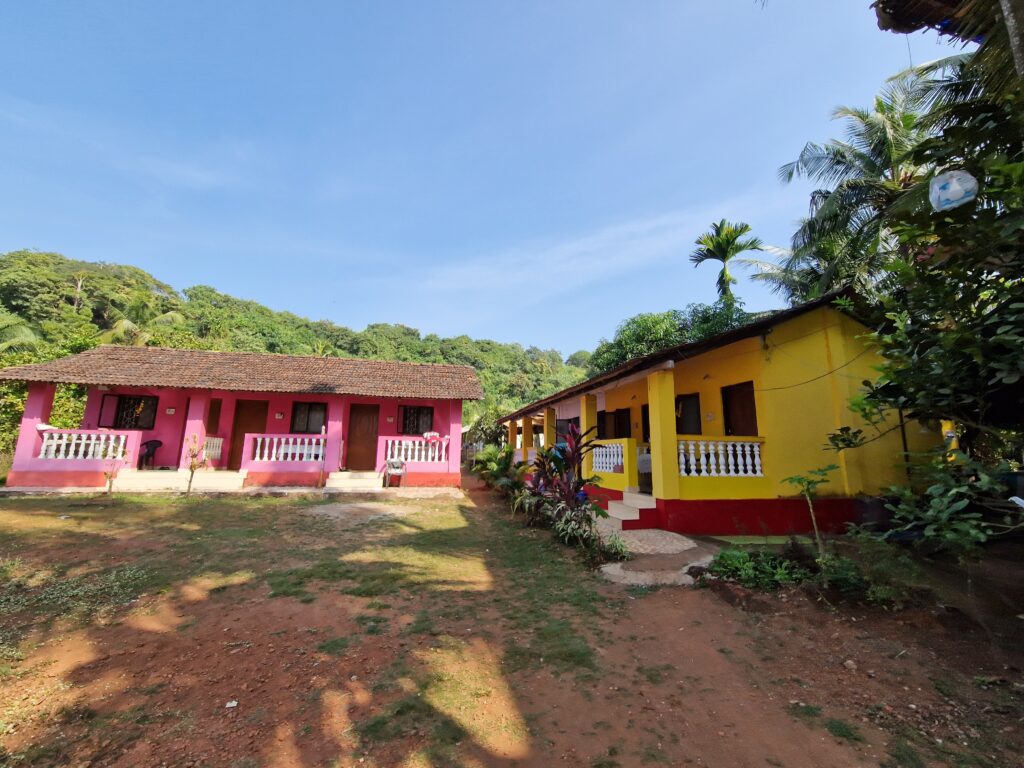
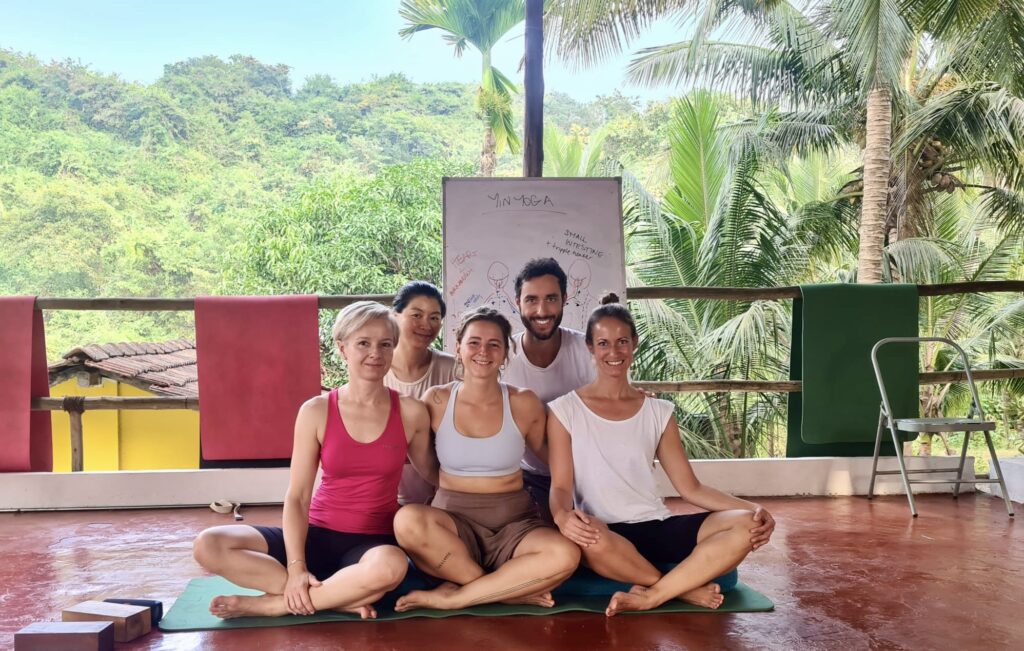
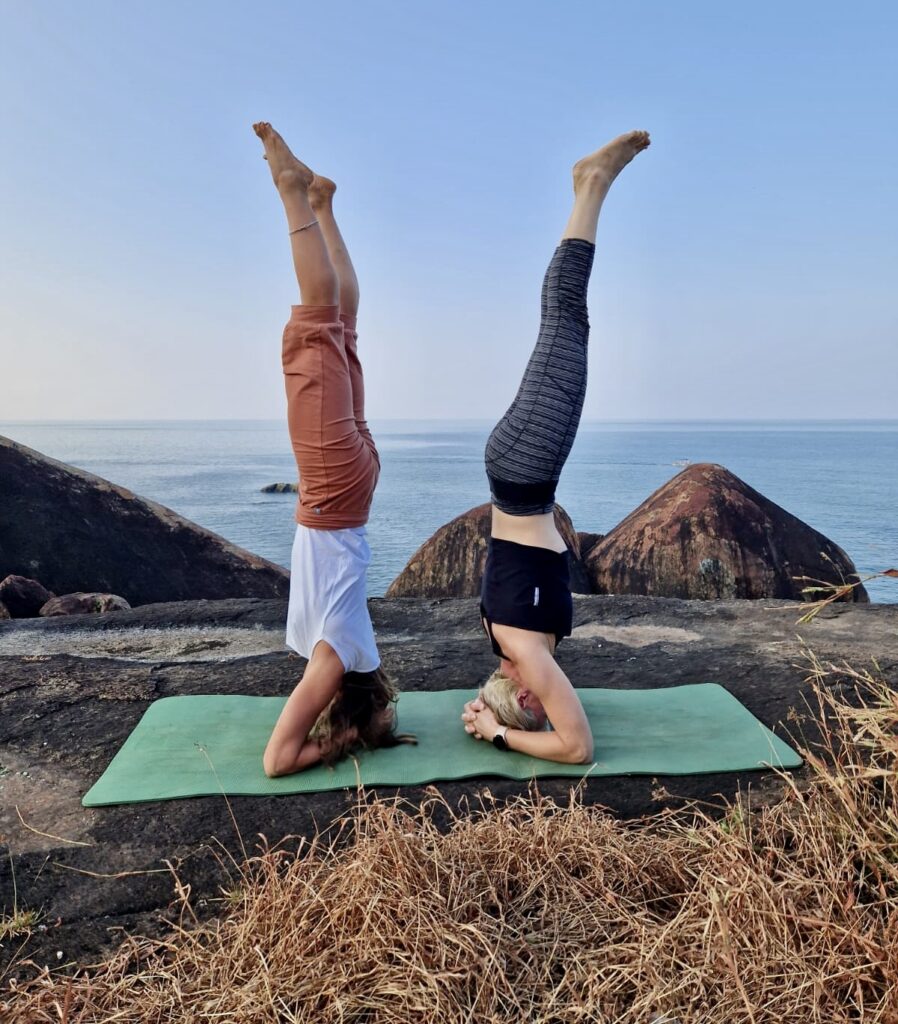
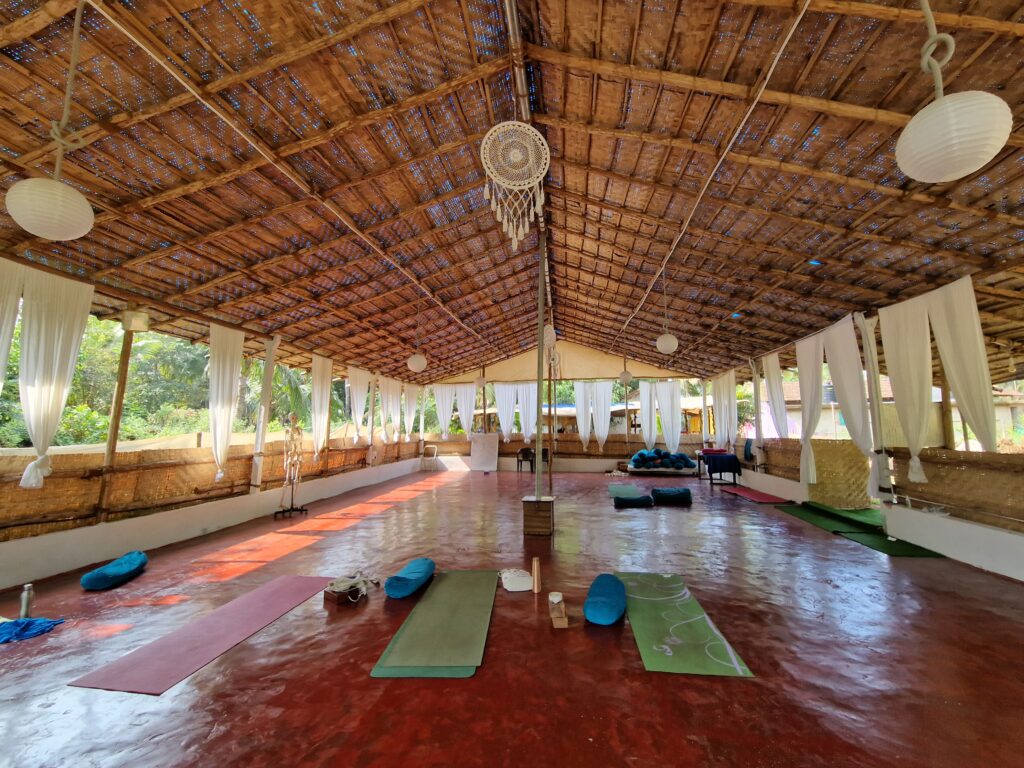
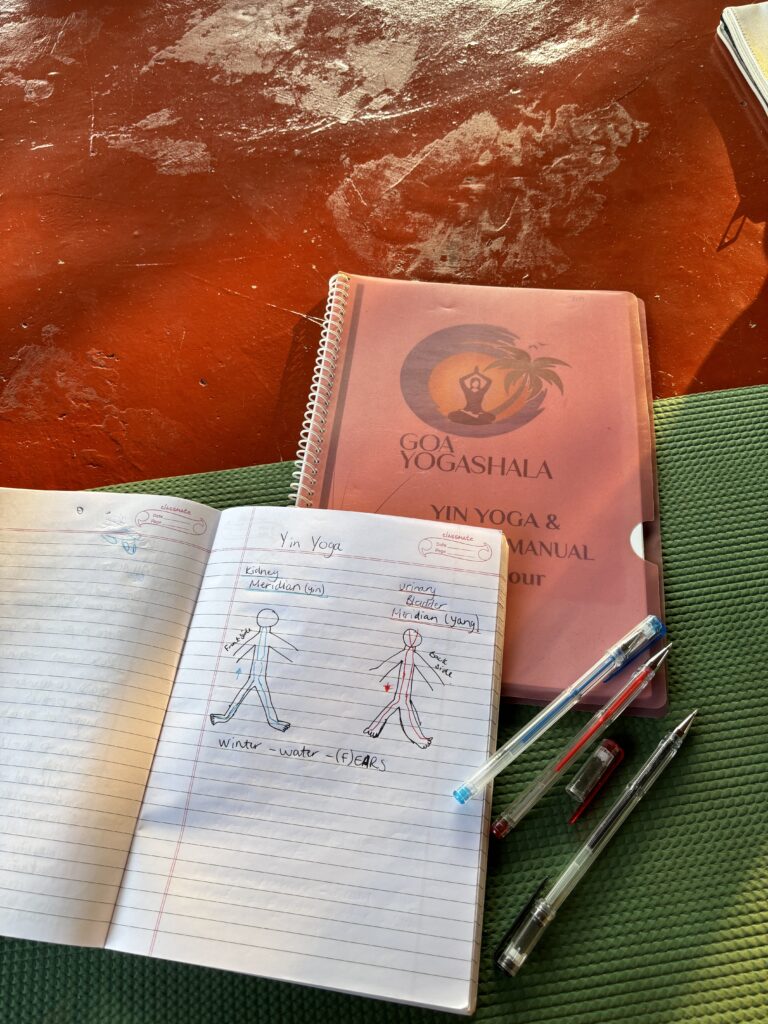
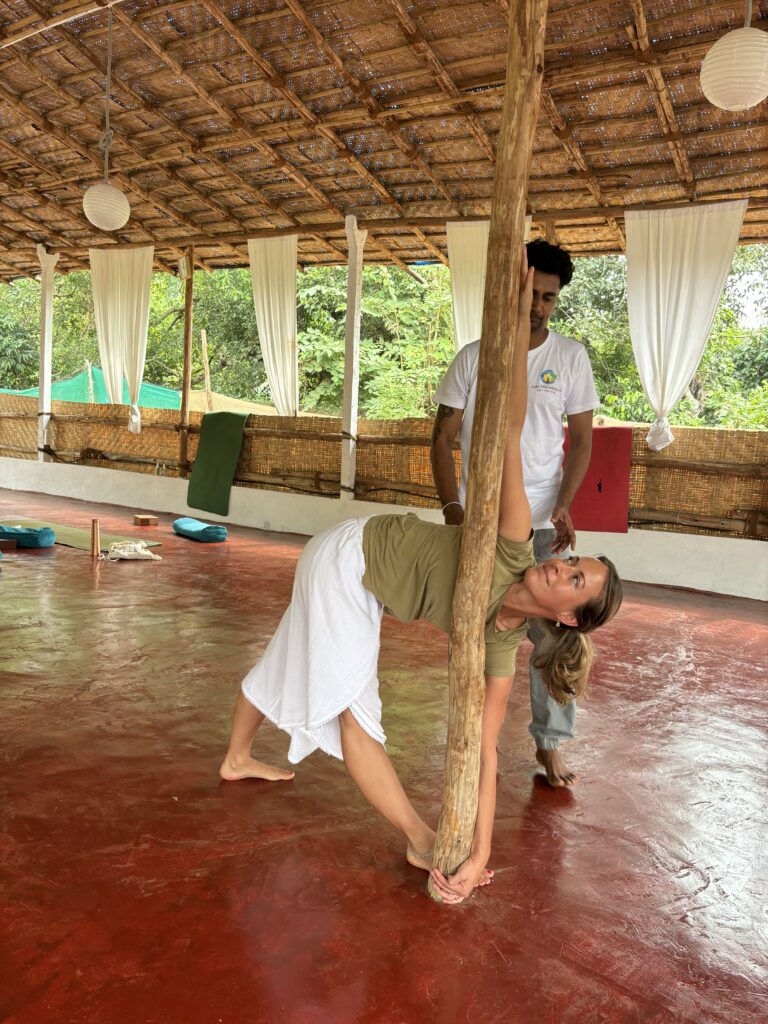
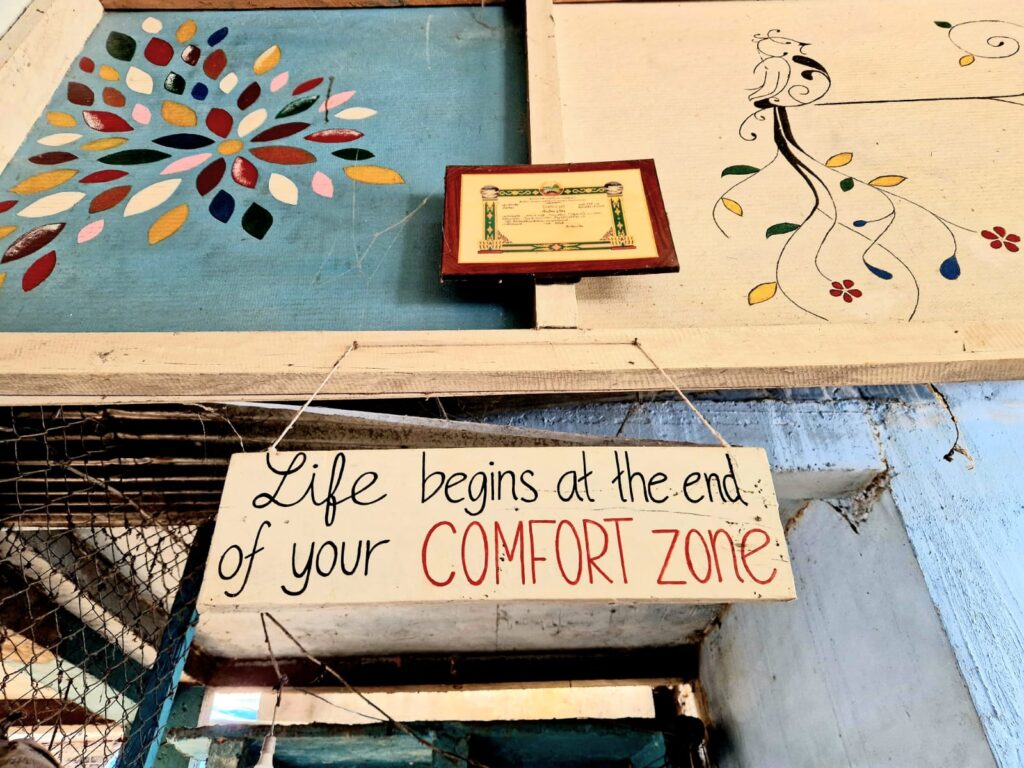
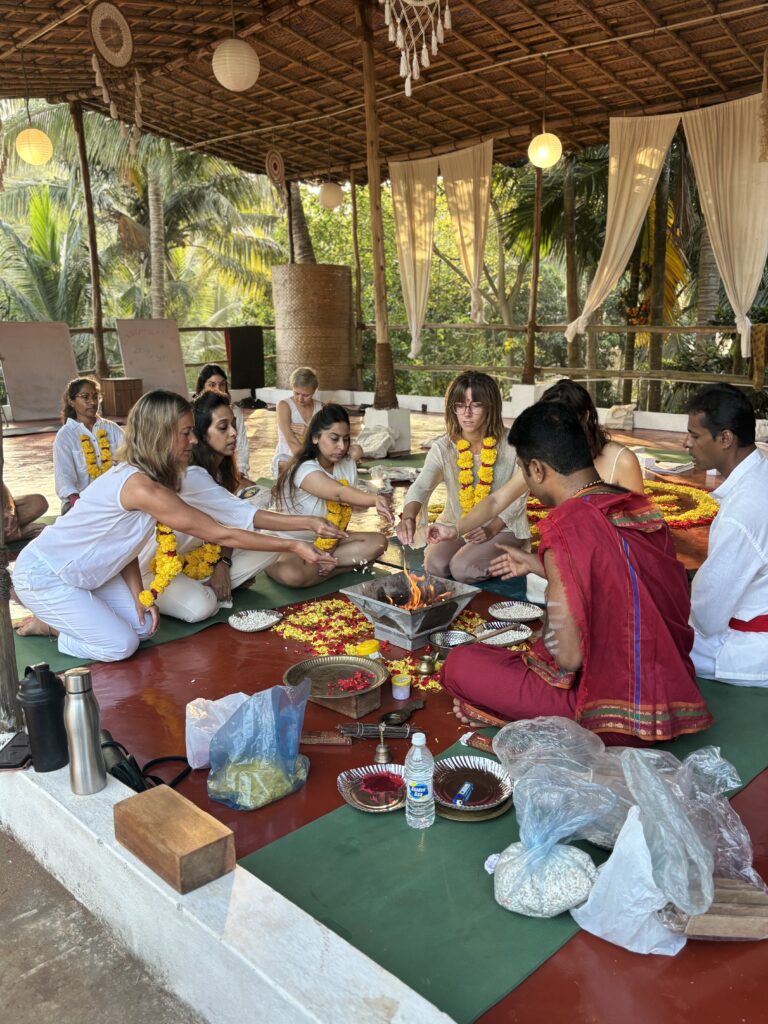
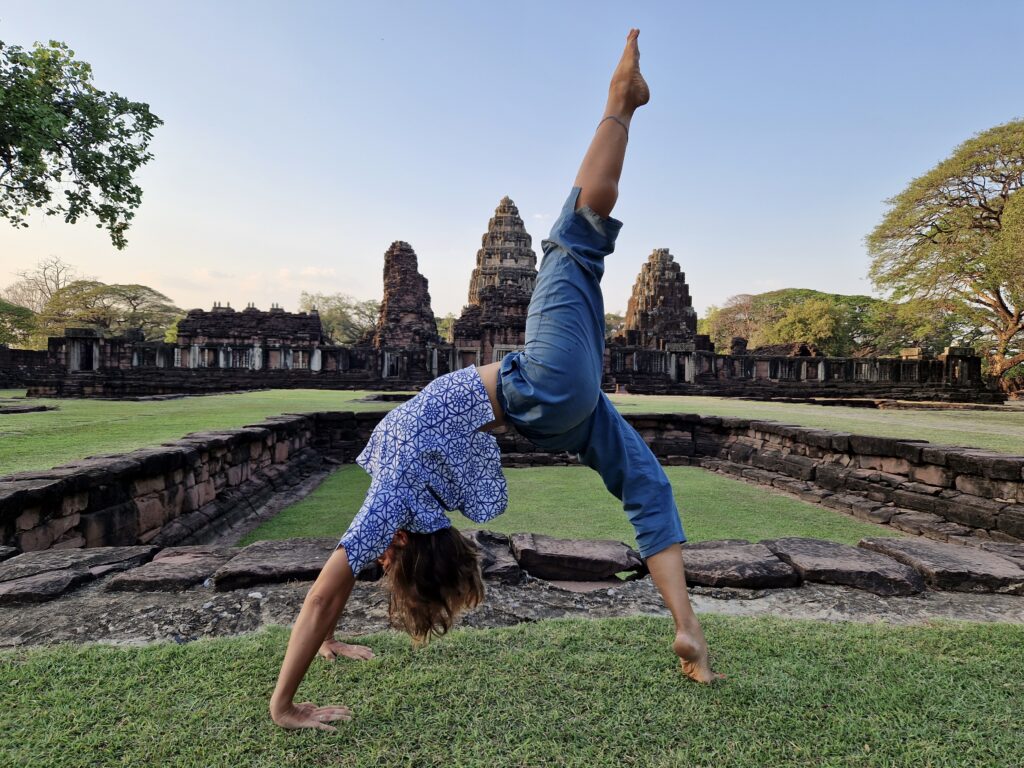
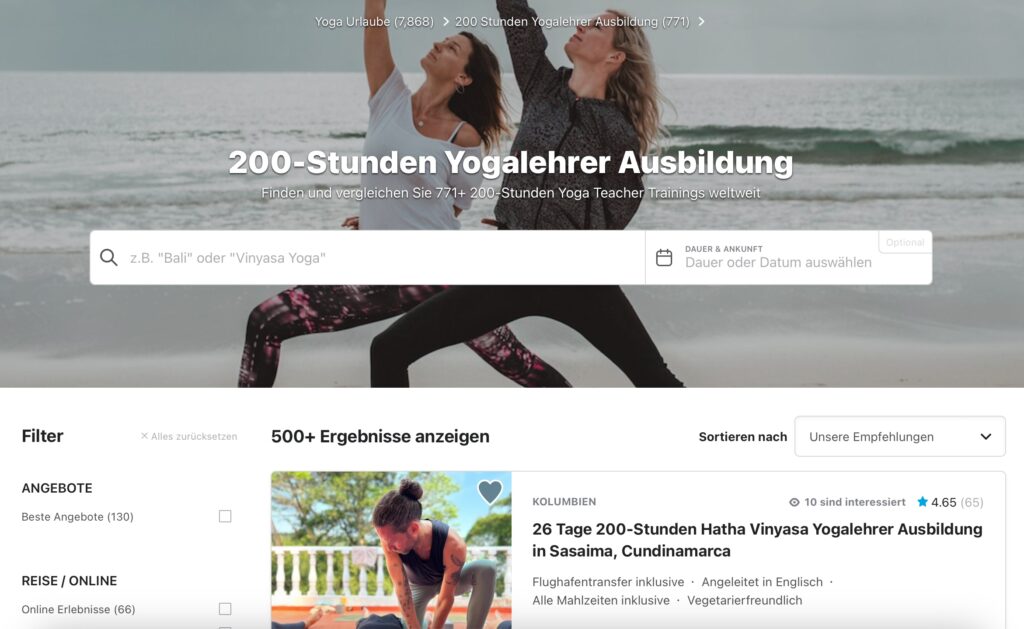
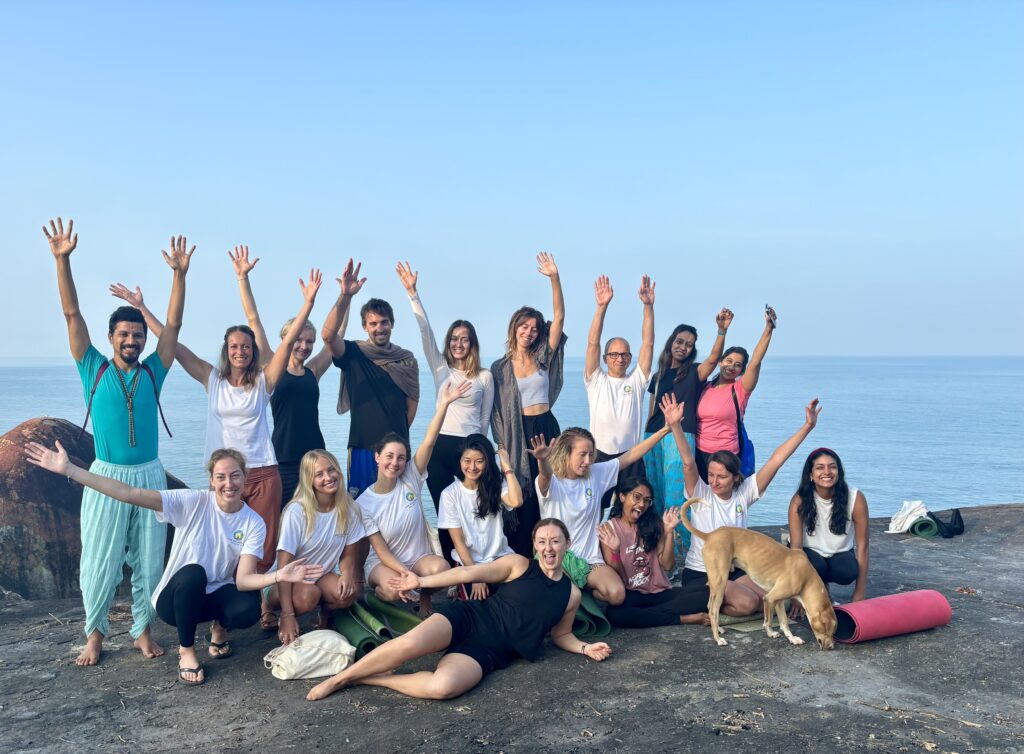
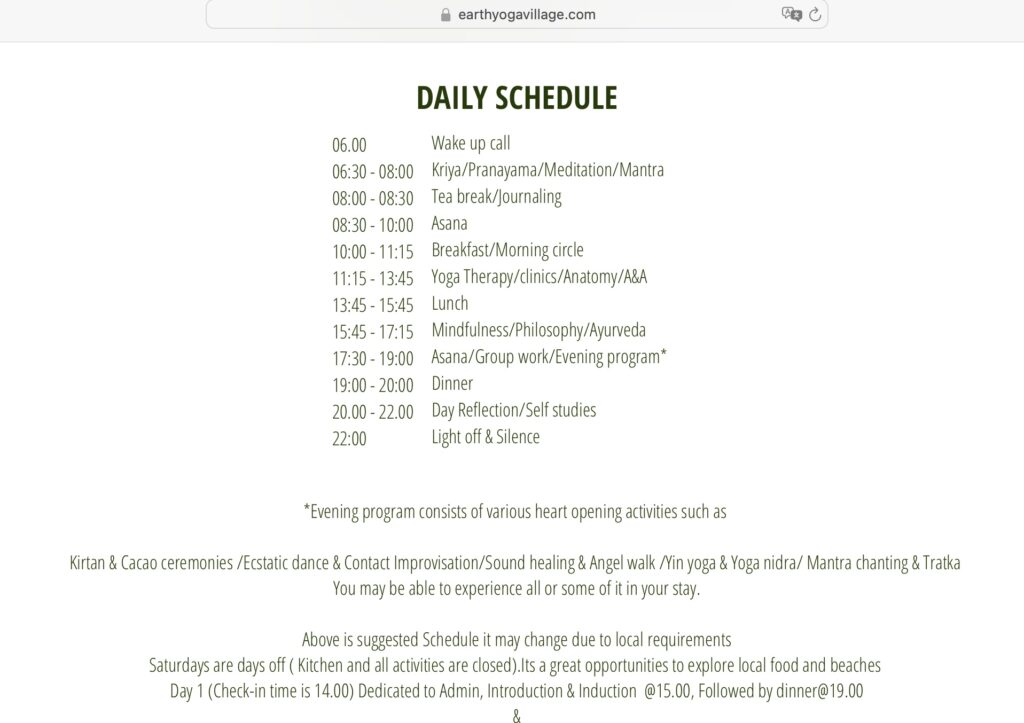
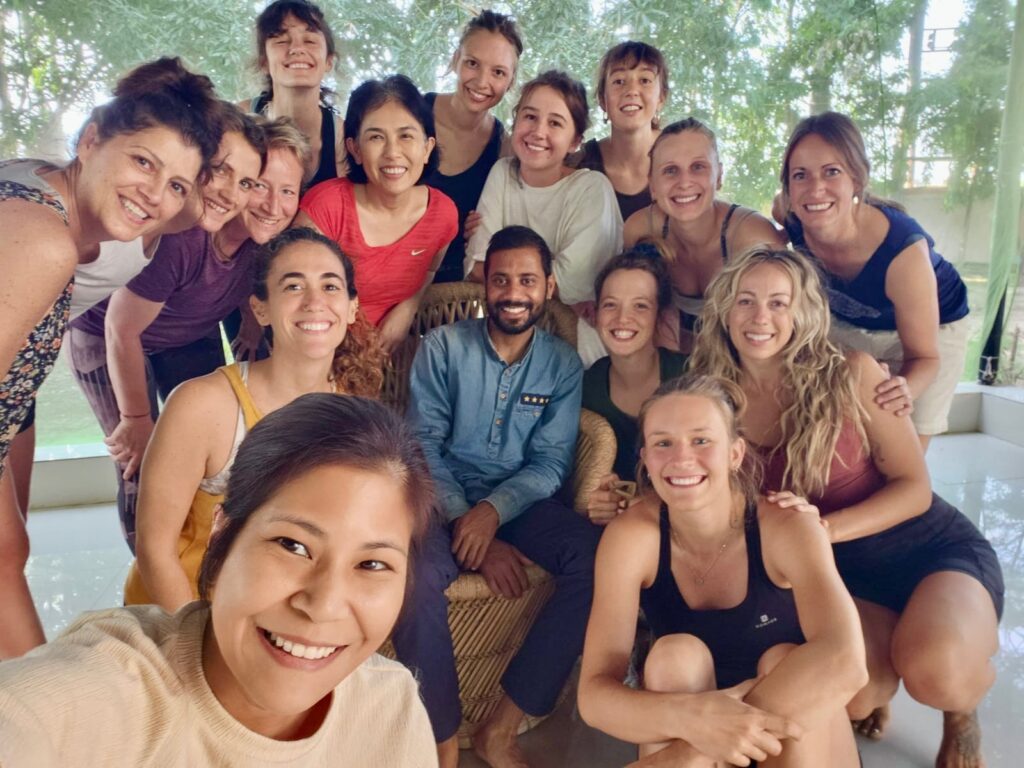
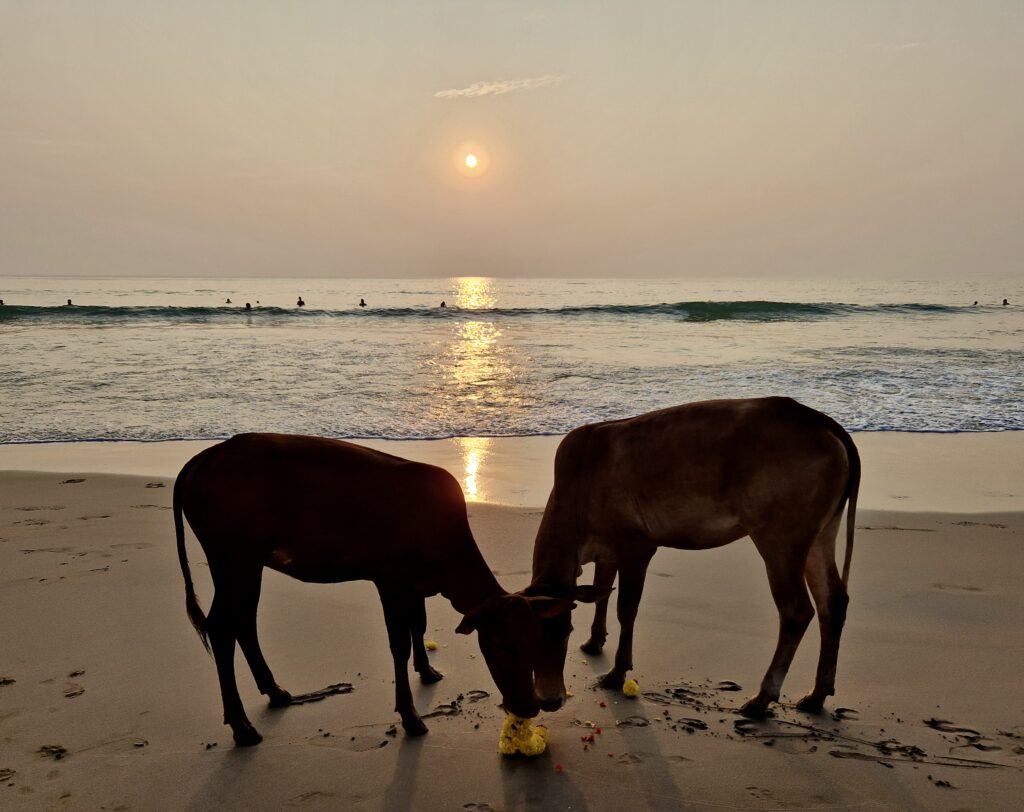
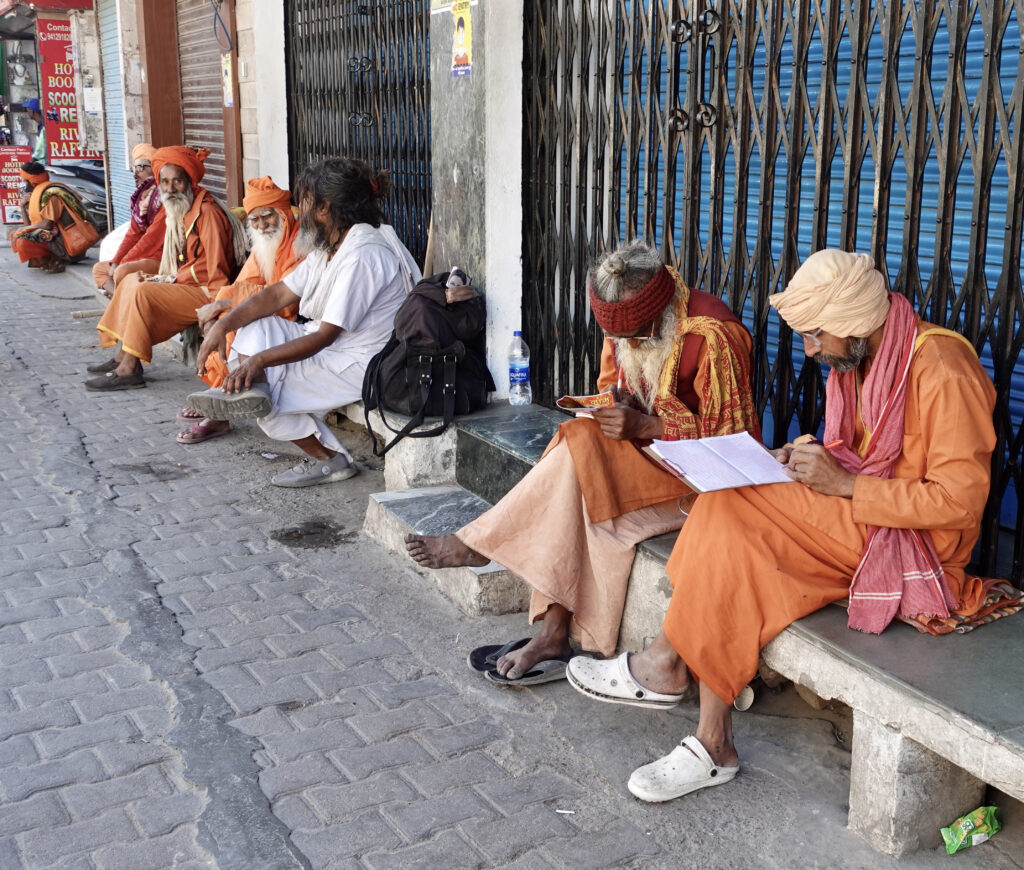
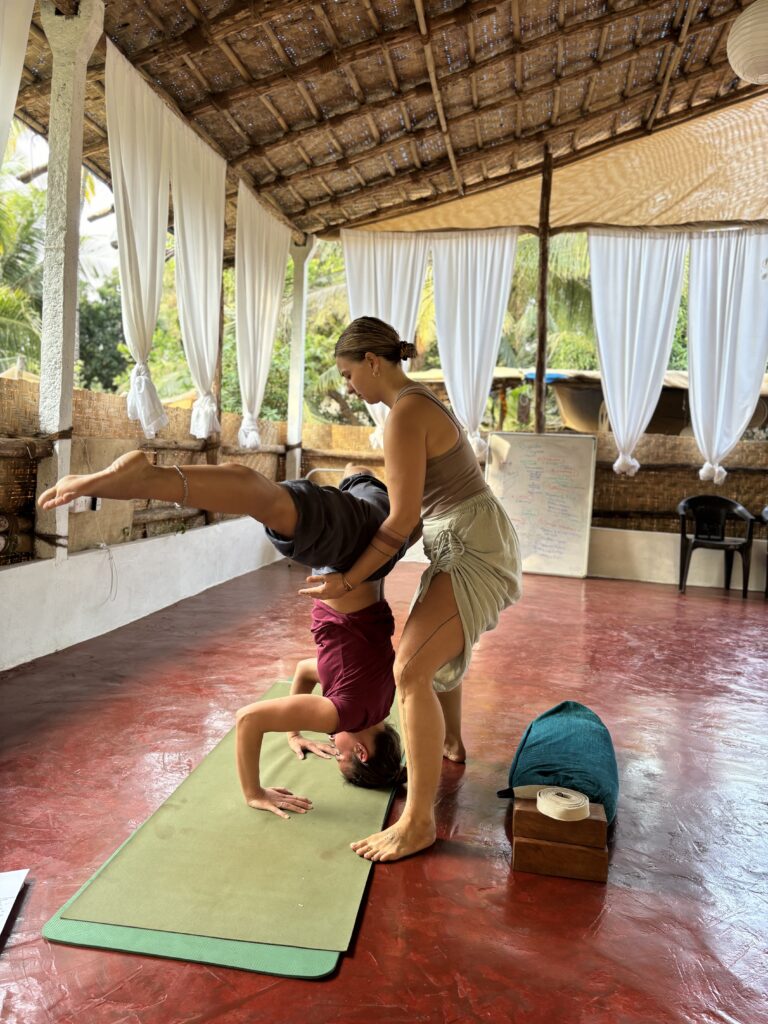
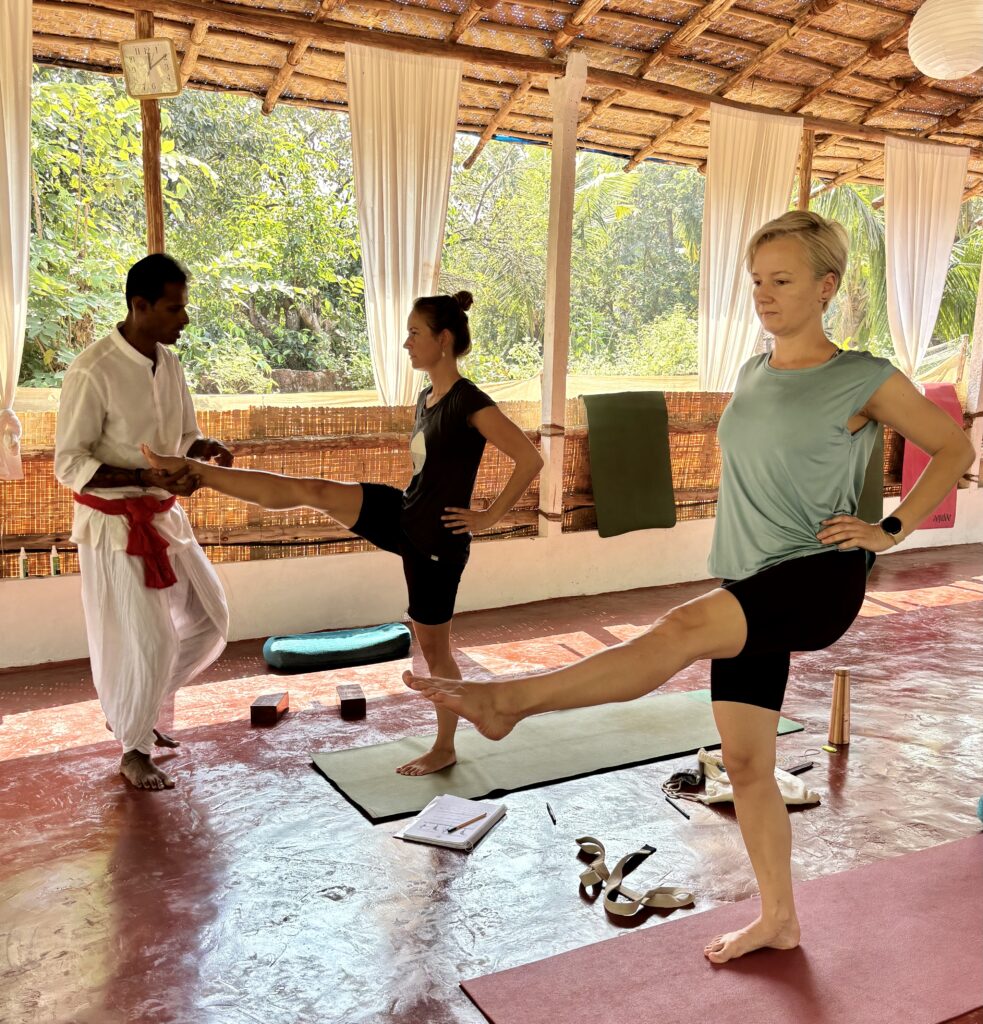
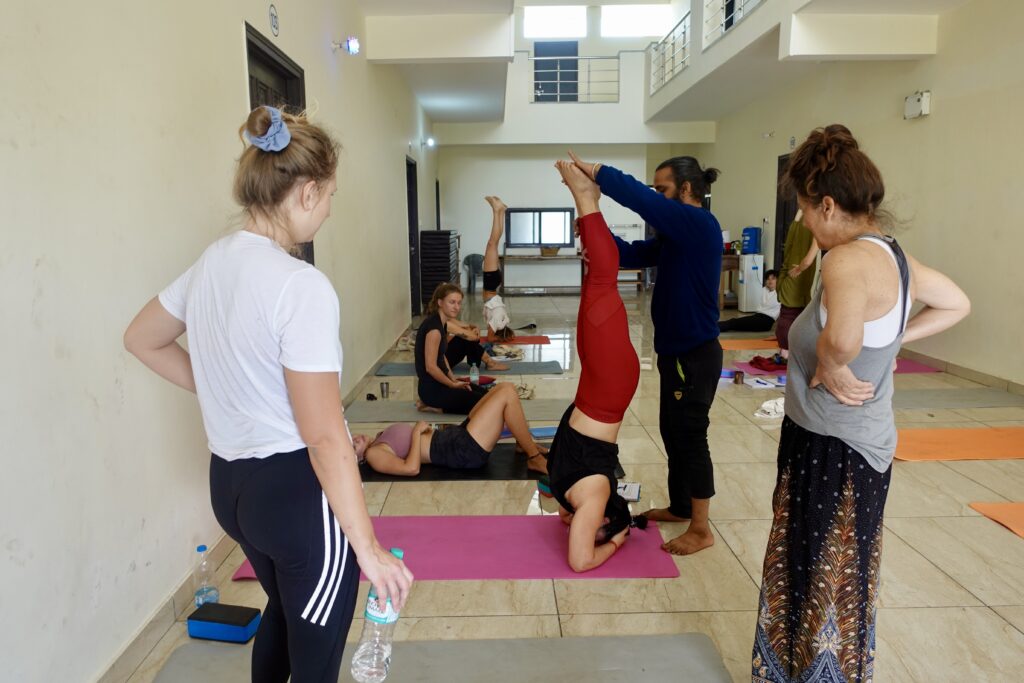
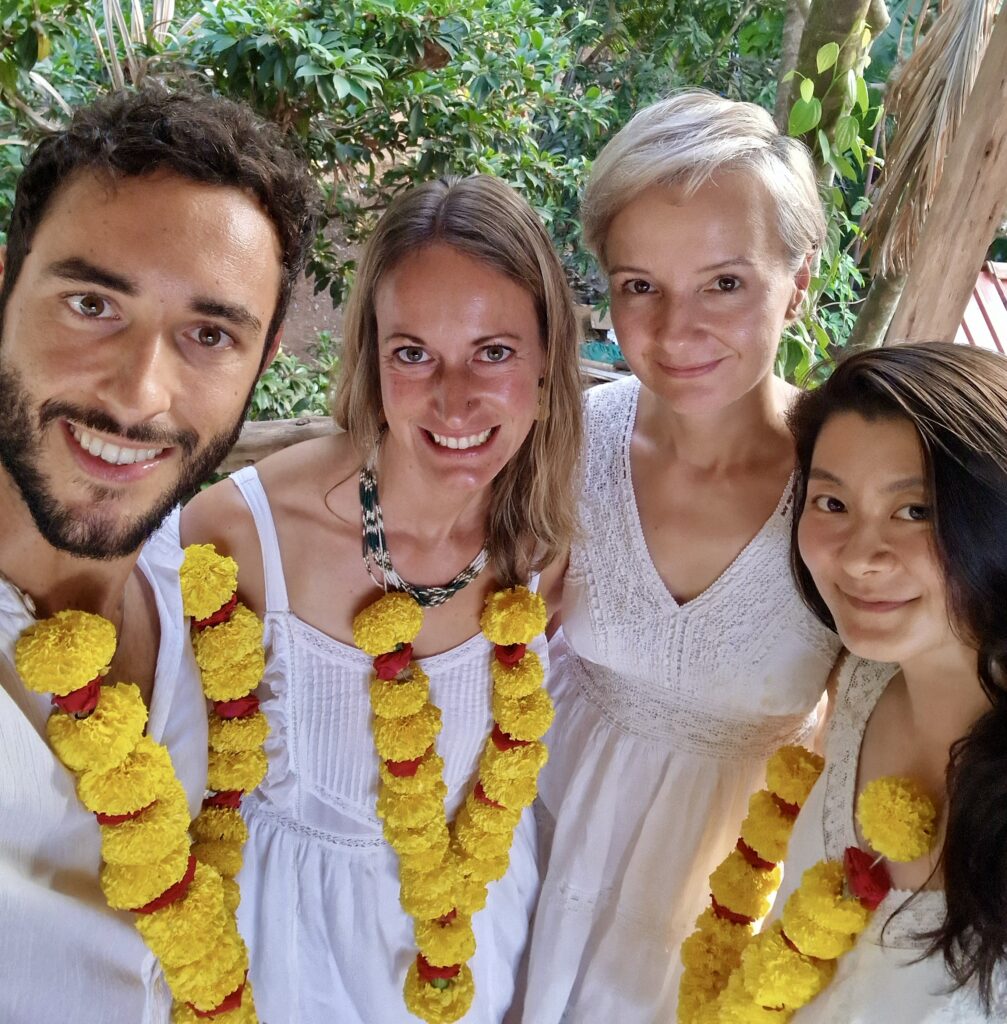
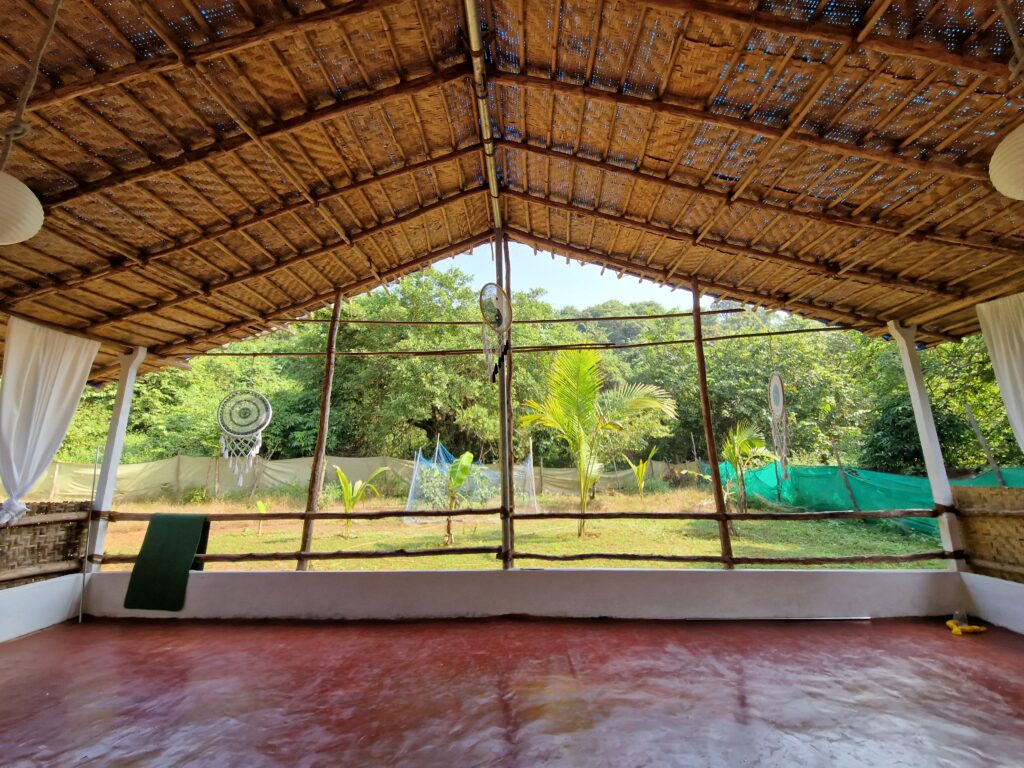
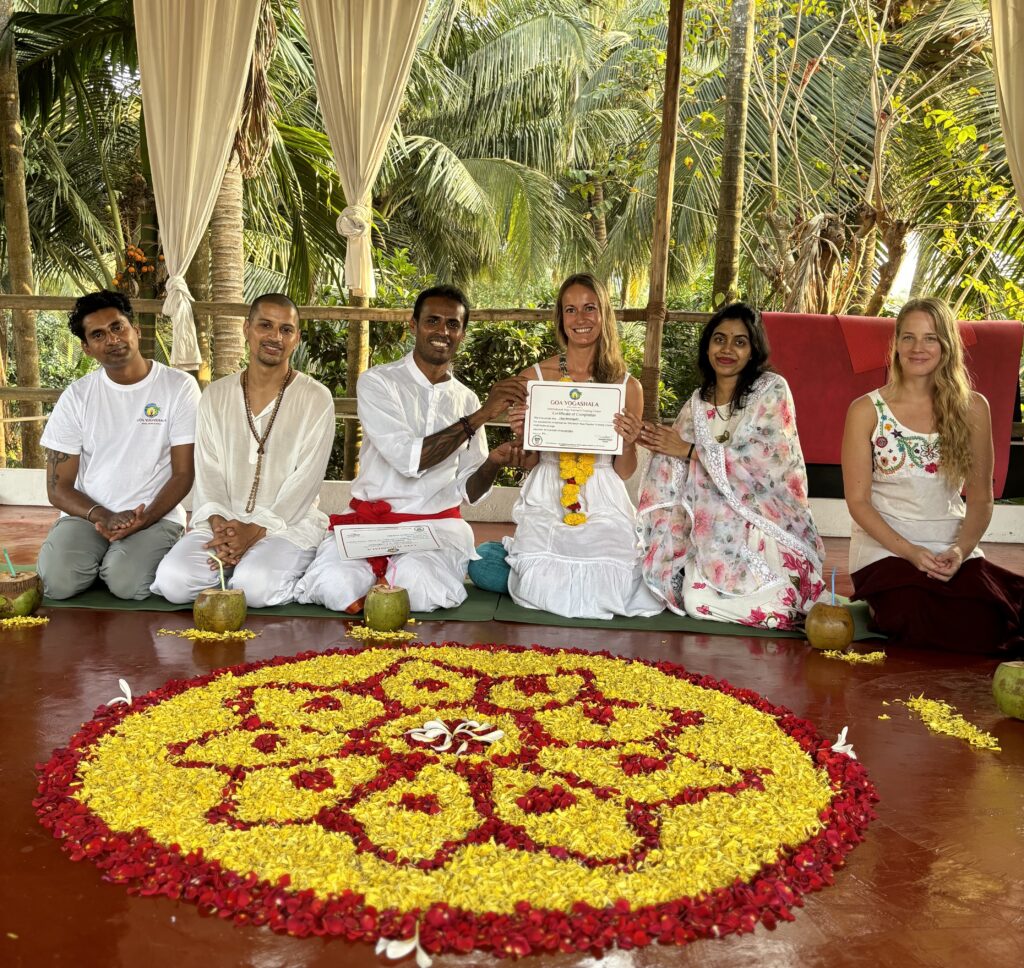
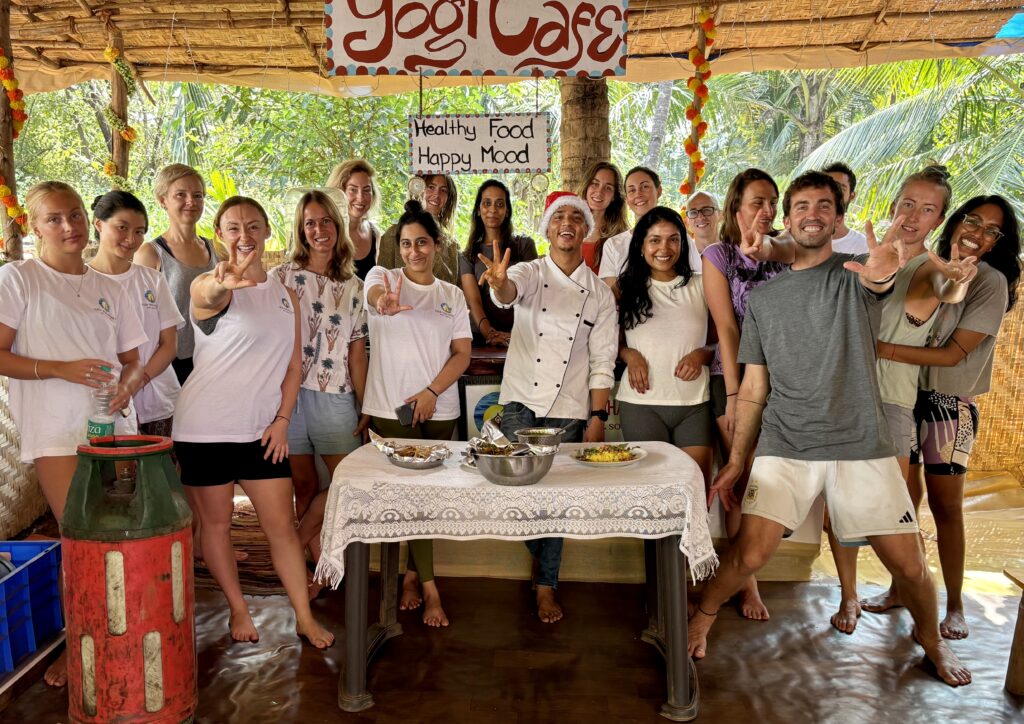

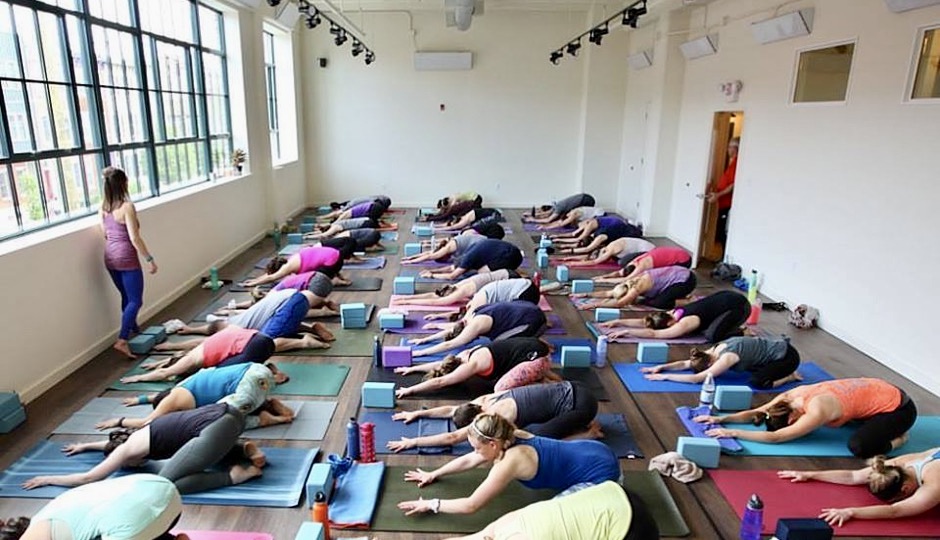
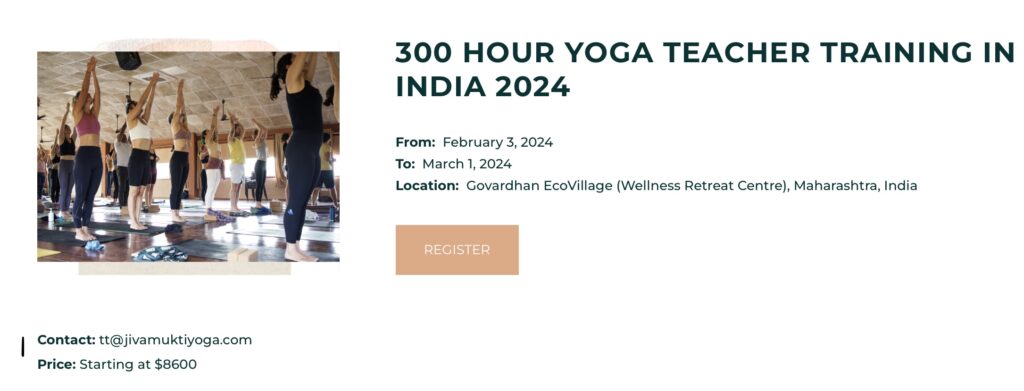
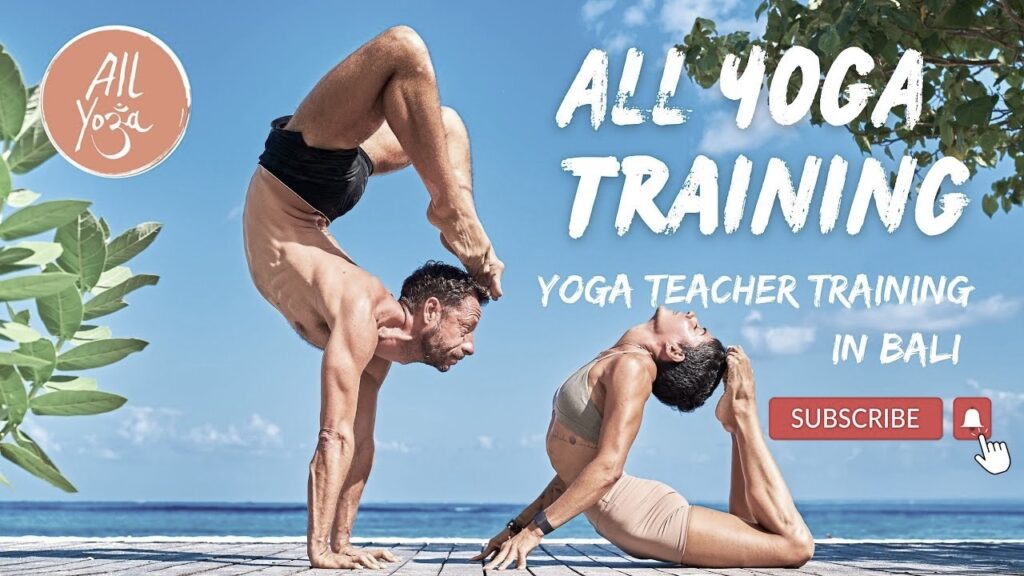
Leave a Reply